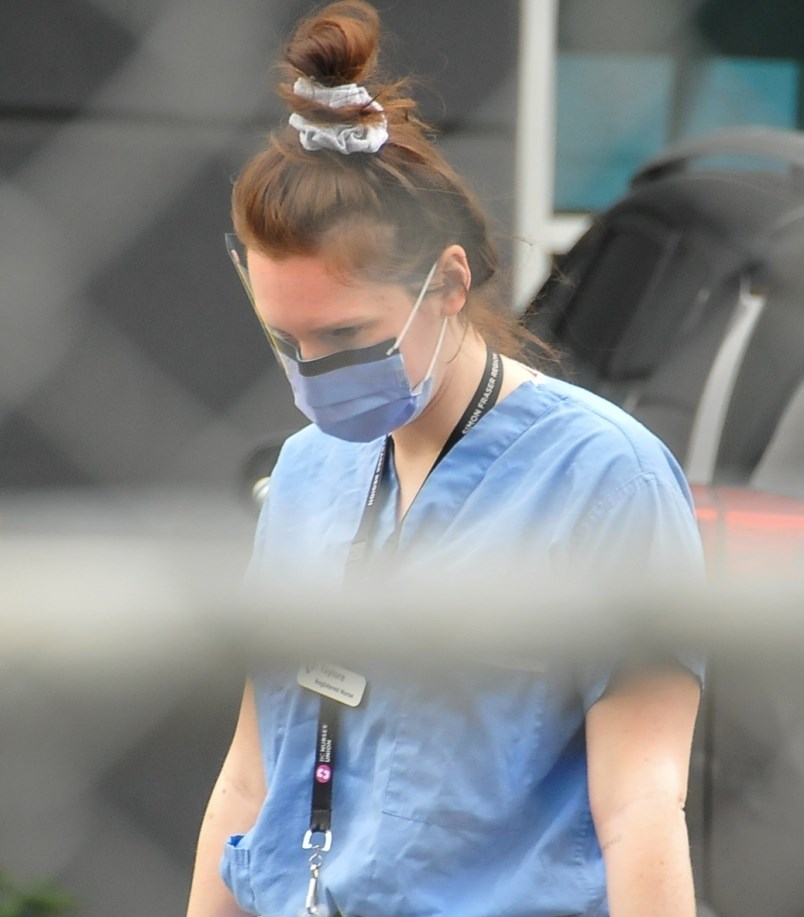A leading medical health officer says the airborne transmission of COVID-19 doesn’t appear to be a major factor in the spread of the virus in outbreaks across B.C.
Dr. Michael Schwandt, who was one of the first infectious disease specialists from Vancouver Coastal Health to help contain outbreaks at sites like the Lynn Valley Care Centre, made the comments not long after a group of 239 scientists from 32 countries wrote an open letter to the World Health Organization, successfully appealing for the world health body to change its guidance on aerosolized transmission.
“We'll be watching closely the science around airborne transmission. At this time, we don't think it's played a major role in the outbreaks in Vancouver Coastal Health that we've had direct experience with,” said Dr. Schwandt.
The new W.H.O. guidance, which came last Thursday, accepts that the novel coronavirus can spread through aerosolized particles — tiny droplets in the air — in crowded indoor settings for prolonged periods of time.
“There have been reported outbreaks of COVID-19 in some closed settings, such as restaurants, nightclubs, places of worship or places of work where people may be shouting, talking, or singing.
“In these outbreaks, aerosol transmission, particularly in these indoor locations where there are crowded and inadequately ventilated spaces where infected persons spend long periods of time with others, cannot be ruled out,” reads the W.H.O.’s new guidance, which also calls for more research into aerosol transmission. aerosol transmission.
But Dr. Schwandt said his team doesn’t view the airborne versus droplet transmission debate as a binary, and that while the virus can be traced at varying distances at concentrations, most of the cases he’s come across in Vancouver Coastal Health region, home to the first outbreaks in the country, have been from “face-to-face” transmission.
The proof, he said, comes from Vancouver Coastal’s success in tracing contacts based on direct contact, an experience a spokesperson for Fraser Health told the Tri-City News has been echoed in their health authority.
“Without taking airborne transmission into account as a risk factor, we've been able to bring outbreaks under good control, really looking at close physical contact as the main risk factor,” said Dr. Schwandt.
That means, at the moment, current ventilation systems in places like long-term care homes are not considered a risk factor in the spread of the virus.
Airborne or not, sharing air in large, indoor public gatherings raises everyone’s risk of transmitting the virus, as Provincial Health Officer Dr. Bonnie Henry reminded British Columbians in her daily update Tuesday.
“Stay away from closed spaces as much as possible,” she said. “If it’s a house party, you may not know all the people who are there.”
And like the W.H.O., health officials in B.C. said they are keeping an eye on the science.
“If more evidence were to develop around airborne or aerosol transmission, then naturally we'd need to look at preventative measures that include attention to ventilation,” said Dr. Schwandt.



